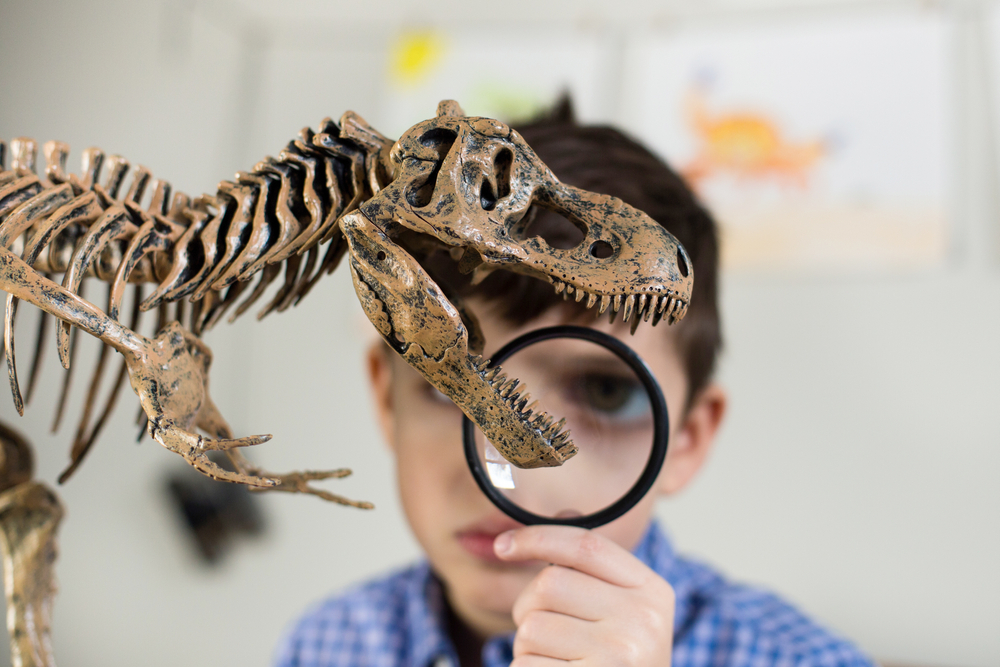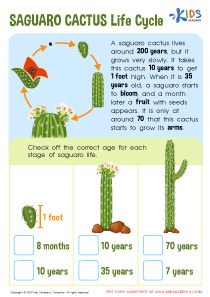Animal Classification Normal Animals Worksheets for Ages 3-7
5 filtered results
-
From - To
Discover fun and engaging "Animal Classification Normal Animals Worksheets" for children ages 3-7. Designed by educational experts, these printable activities help young learners explore basic animal classifications. Kids can learn to identify mammals, birds, reptiles, amphibians, and fish through interactive and age-appropriate exercises. Perfect for fostering curiosity and foundational science skills, our worksheets offer a blend of learning and play. Suitable for use at home or in the classroom, these resources support early childhood development and create a strong foundation in zoology. Unlock your child's potential with our "Animal Classification Normal Animals Worksheets" today!
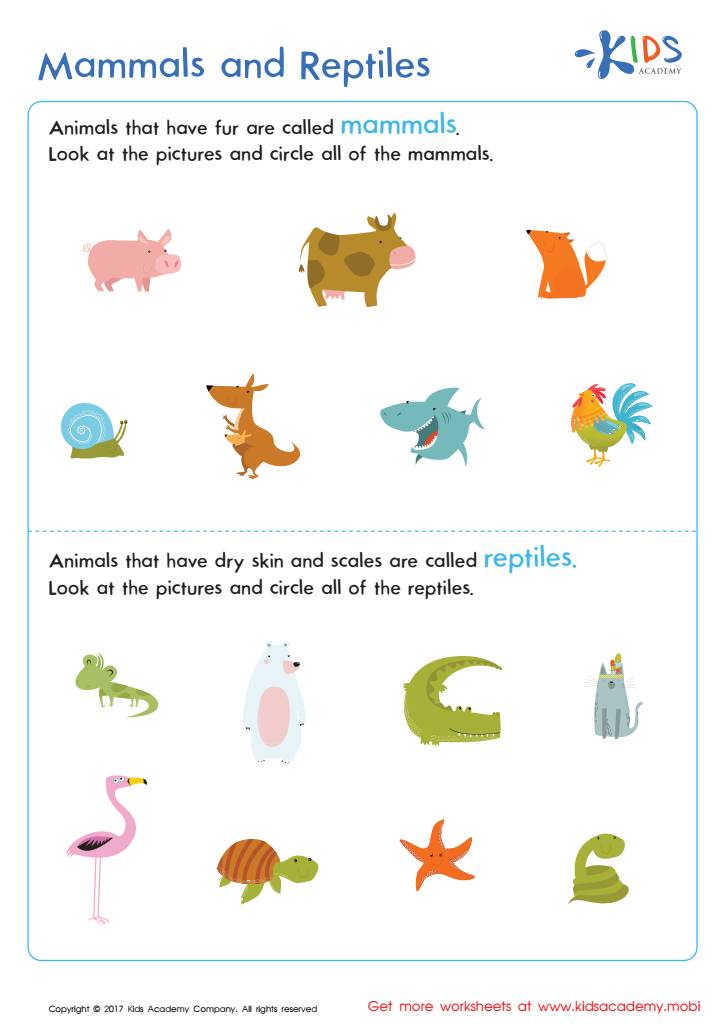

Mammals and Reptiles Worksheet
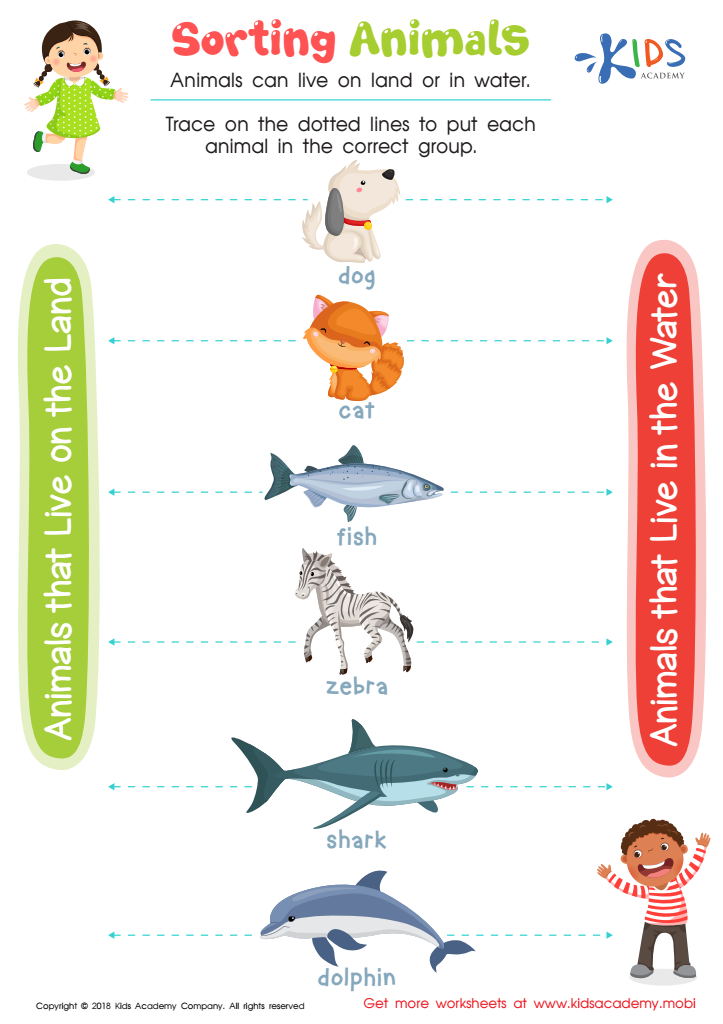

Sorting Animals Worksheet


Fur or Feathers? Worksheet
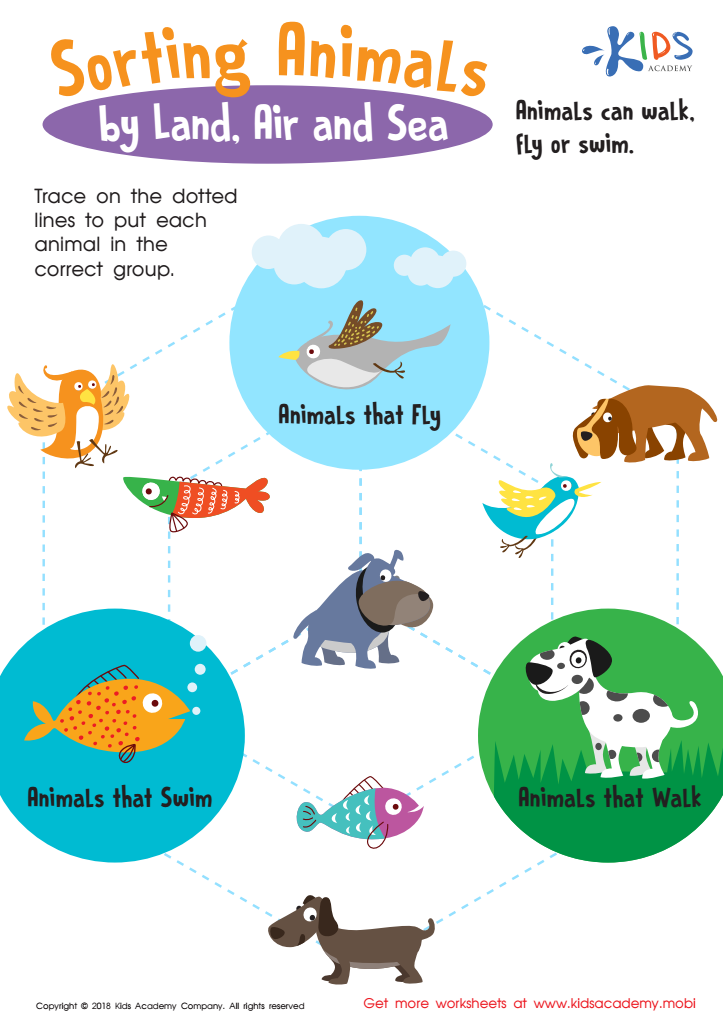

Sorting Animals by Land, Air and Sea Worksheet
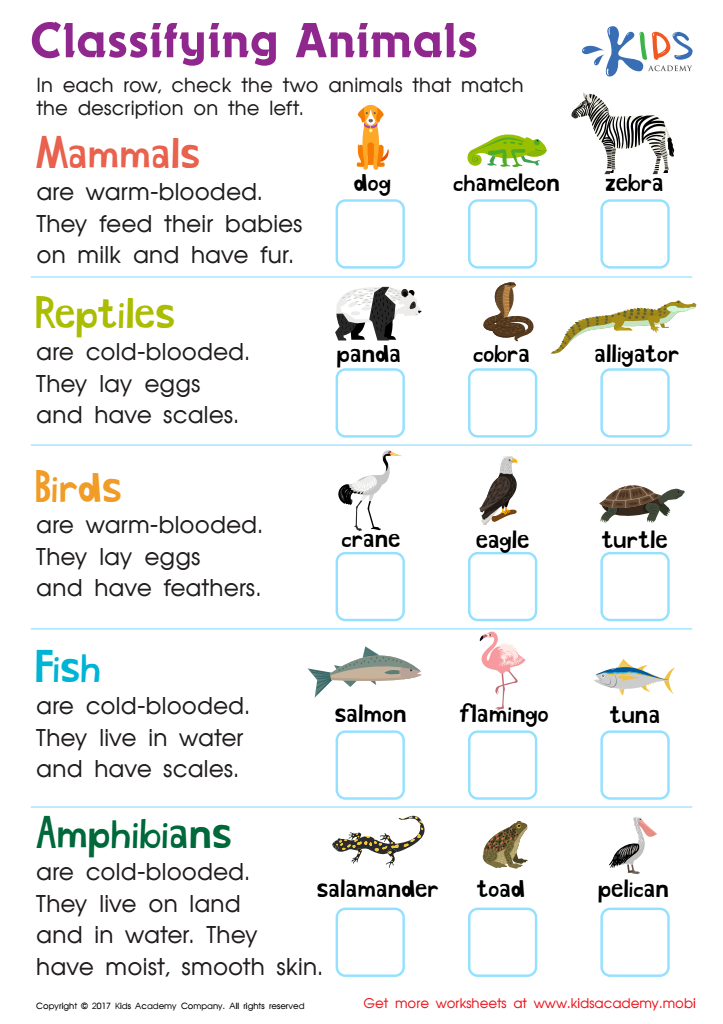

Classifying Animals Worksheet
Parents and teachers should care about teaching animal classification to children aged 3-7 because it fosters early scientific curiosity and foundational biological understanding. During these formative years, children exhibit high curiosity and keen observational abilities. Introducing them to animal classification cater to their natural interest in animals, imparting invaluable cognitive and structural thinking skills. Learning to classify animals into groups, such as mammals, birds, reptiles, fish, and amphibians, aids in their critical thinking and problem-solving capabilities. It instills a system of organization and comparison, encouraging children to observe details and identify unique characteristics, which are critical skills in scientific inquiry.
Moreover, animal classification lessons infuse a sense of empathy and kindness toward wildlife. Understanding different animals' needs and habitats humanizes these creatures and instills a responsible attitude towards conservation from a young age. Narrative approaches and activities like sorting games and outdoor exploration can make learning enjoyable and engaging.
Introducing biological concepts early also prepares young learners for more complex scientific studies in later years. It helps them build a structured knowledge framework to assimilate progressively sophisticated subjects with ease. Hence, early exposure to animal classification serves as both an educational cornerstone and a means to cultivate a lifelong respect and interest in the natural world.

 Assign to My Students
Assign to My Students







